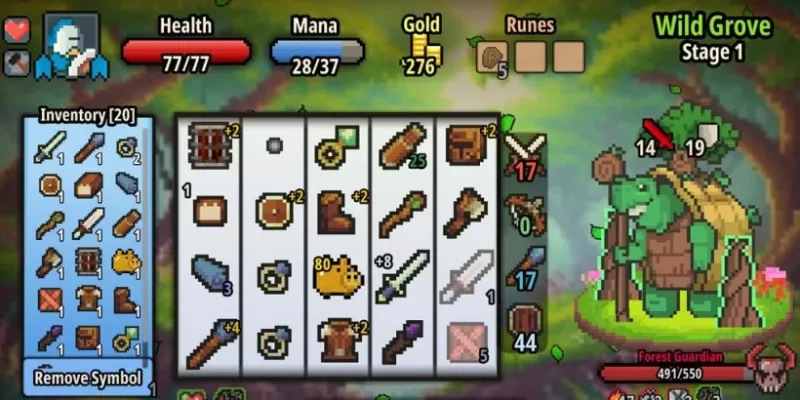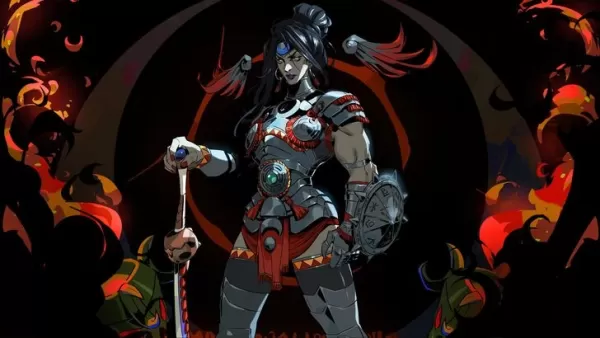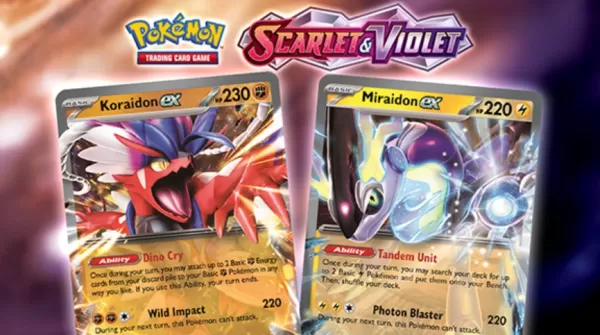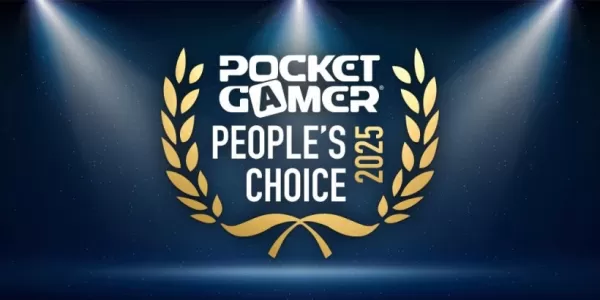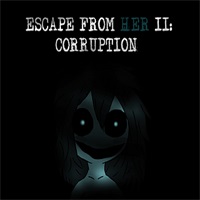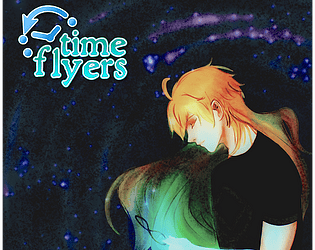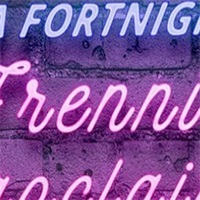Ryan Coogler’s new film Sinners, a vampire horror set in 1930s Mississippi, vividly captures its era through the lens of blues music, once condemned as “the devil’s music,” to delve into the lives of its predominantly African-American characters, led by Michael B. Jordan as twin brothers Smoke and Stack.
“Beyond the bloodlust of vampires, Sinners pulses with music, starting with the blues performed by Sammie [Miles Caton] and local legend Delta Slim (Delroy Lindo) at Smoke and Stack’s venue,” Eric Goldman noted in his glowing Sinners review for IGN.
“Coogler weaves music into the heart of the story, showing its power to unite people across generations, even if they don’t dwell on its historical roots. Remmick (Jack O’Connell), the magnetic vampire leader, offers a striking counterpoint to the blues with Irish folk tunes from his heritage, which grow increasingly prominent in bold, unexpected ways.”
Coogler uses African-American blues and Irish folk music to reflect the shared colonial struggles of humans and vampires. Both genres shine in stunning set pieces, making Sinners, as Goldman describes, “musical adjacent,” revealing how music echoes through time and immortalizes its creators.
In a recent interview, Ryan Coogler discussed Sinners’ use of blues and Irish music, its unforgettable set pieces, and why the vampire villain Remmick felt as personal to write as Black Panther’s Killmonger. (The interview has been edited for clarity.)
IGN: How does blues music shape the world and characters in Sinners?
Ryan Coogler: For the characters, blues is a celebration of their full humanity. It’s tied to the church, yet it’s raw, embracing the body, soul, pain, desire, and anger. Unlike the church, which can feel edited, blues is unfiltered, accepting every flaw and beauty. It’s a rebellion against their circumstances and a safe space in the juke joint where they can be themselves—free to express desire and identity in ways the cotton fields never allowed.
“I’ve never felt about an antagonist the way I felt about Remmick. I loved crafting him.”
IGN: The vampire community in Sinners unites diverse people into a collective. What’s your take on what that represents?
Ryan Coogler: I love this film, and I want audiences to experience it raw. Once it releases on April 18th, it belongs to them. Their interpretations are valid. Like Killmonger in Black Panther, Remmick comes from my heart. Writing him was a joy—directing Jack O’Connell’s performance, too. I envisioned Remmick as a master vampire, distinct from typical vampire groups like in Lost Boys. His complexity unfolds gradually, revealing someone who defies expectations, identifying with those he joins, which felt fresh and powerful.
25 Best Vampire Movies of All Time
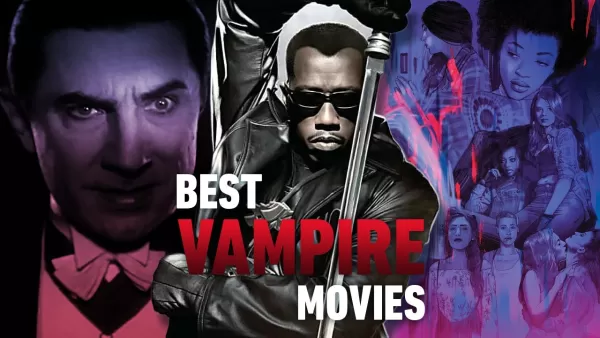
 26 Images
26 Images

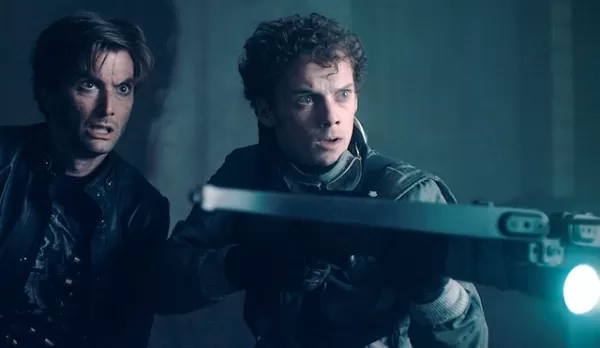
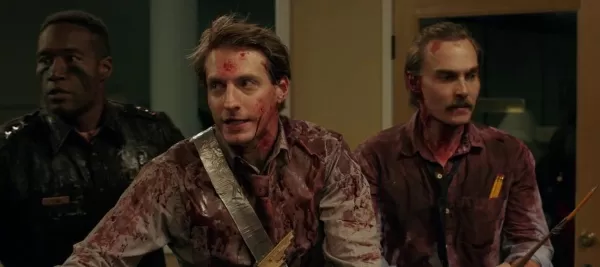
IGN: The juke joint and vampire musical sequences are breathtaking. What inspired those moments?
Ryan Coogler: Those scenes are the heart of the film, showing fellowship and love. They reflect the defiance of oppressed people—whether through African-American blues or Irish step dance, which was itself an act of rebellion. For Remmick, a vampire in 1932 Clarksdale, choosing to spend his Saturday night with these people speaks volumes. In 2025, audiences are savvy, so I aimed to deliver something fresh, like the awe of seeing a dinosaur next to a jeep in the ‘90s. Those scenes are my attempt to give viewers that wonder.
Sinners Gallery
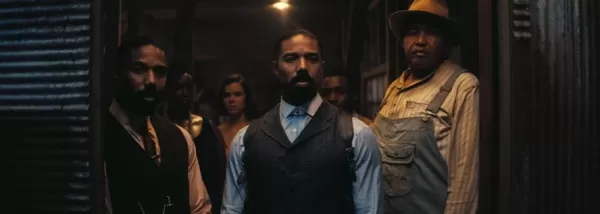
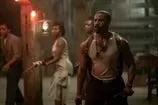 12 Images
12 Images
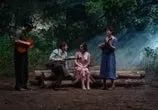


IGN: The juke joint sequence, shot as a single take, plays with time and cultural crossovers. When did you decide to explore time in that scene?
Ryan Coogler: It came during writing, realizing vampirism alone wasn’t enough—other supernatural elements were needed. I wanted to capture the transcendent feeling of a virtuoso performance, where time seems to dissolve. Everyone’s felt that in a room where the music hits just right. It’s like the house is torn down, but words fail to describe it. My job is to translate that through cinema, showing why juke joints existed in the 1930s: they were a haven for people denied freedom, a place to connect across generations.
“At the funeral, we’re sad, but we dance. That’s true of African and Irish cultures.”
IGN: The second musical sequence, from the vampires’ perspective, uses Irish folk music. What drew you to that?
Ryan Coogler: Irish folk music, like “Rocky Road to Dublin,” carries a heartbreaking story told with fierce energy—a contrast that mirrors delta blues. Both come from people forced to work fields, denied their humanity, yet finding ways to celebrate it. Irish music hides defiance in its rhythm, just as blues does. For Remmick, a vampire who understands their struggle, connecting with these people is natural. That shared resilience—dancing through pain, singing coded messages—ignited my passion for this story. That’s what filmmaking is about.
IGN: Have a party.
Ryan Coogler: Exactly. We won’t let them see us break. We’ll sing songs with hidden meanings, laugh, and dance, no matter what. That’s the spirit of both cultures, and it’s why Remmick’s drawn to them. It’s what makes this film alive.

